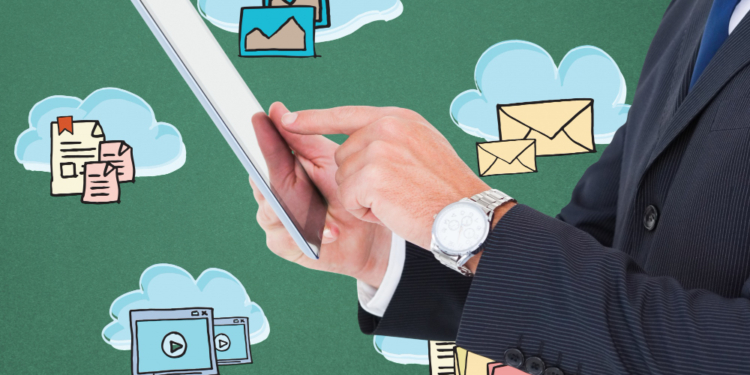An email has firmly established itself as one of the most ubiquitous forms of written communication in personal and professional realms. A well-crafted professional email is the key to conveying your message effectively. This comprehensive guide delves into the intricacies of crafting a professional email that leaves a lasting impression and ensures your message gets the attention it deserves.
Why is it Important to Know How to Write a Professional Email?
In a digital age where efficiency and clarity are paramount, mastering the art of professional email composition is invaluable. Here’s why it matters:
1. Save Time
Professional emails get straight to the point. When you communicate clearly and concisely, you save your time and that of your recipients.
2. Provide Clarity
Well-structured emails ensure that your message is easily understood. Avoiding ambiguity prevents misunderstandings and streamlines communication.
3. Show Competency
A professionally written email reflects your competence and attention to detail. It can boost your credibility in both personal and professional spheres.
4. Establish a Reputation
For individuals and businesses alike, consistently sending professional emails can help build a reputation for reliability and professionalism.
How to Write a Professional Email
1. Use a Professional Email Address
Your email address sets the tone. If possible, use an address dedicated to work-related or formal communication. The typical format is: yourfullname@thedomain.
2. Add a Concise, Informative Subject Line
A well-crafted subject line is your email’s first impression. Keep it under 60 characters, clearly state the email’s purpose, and consider addressing the recipient by name. For example: “Subject: Follow up: Product presentation.”
3. Greet the Recipient with a Proper Salutation
Choose your greeting based on your relationship with the recipient. Use “Dear” for formal relationships and “Hello” or “Hi” for more familiar ones.
4. Write the Body of Your Email
In the email body, deliver your message clearly and concisely. Provide actionable information and include a closing remark. For example: “Thank you for attending the new product presentation this afternoon. I’ve attached a video of the full recording so you can share it with your team. Please let me know if you have any questions.”
5. End Emails with a Sign-off and Signature
Choose a closing word that matches your tone, such as “Regards,” “Sincerely,” or “Thanks.” Include your name, title, and relevant contact information in your email signature.
6. Proofread Your Email
Meticulous proofreading ensures error-free communication. Check for spelling, grammar, and syntax errors. Also, verify that any referenced files or attachments are included.
7. Check Your Recipient Fields
Before hitting send, double-check your recipient fields to ensure accuracy. Use “To” for the primary recipient, “CC” for carbon copies, and “BCC” for hidden recipients.
8. Schedule Your Email and Send
Use your email client’s scheduling feature to send emails at appropriate times, even during off hours.
9. Remember to Follow Up
In the busy world of email, follow-up emails can be essential. If you receive no response within two working days, consider sending a friendly follow-up email to ensure your message is not overlooked.
{finish}
Conclusion
In today’s professional landscape, effective email communication is indispensable. Mastering writing a professional email can save time, enhance clarity, showcase competency, and build a stellar reputation. Whether you’re addressing colleagues, clients, or prospective employers, following these guidelines will empower you to communicate professionally and positively.
Frequently Asked Questions
1. What is the significance of a concise subject line in a professional email?
A concise subject line sets the tone and purpose of your email immediately. It helps recipients understand the email’s content quickly, improving the chances of a prompt response.
2. Why is proofreading essential in professional email communication?
Proofreading ensures that your emails are error-free, showcasing your professionalism and attention to detail. Error-free emails are easier to understand and more credible.
3. How can I choose the right email greeting for a professional email?
Select your greeting based on your relationship with the recipient. “Dear” is suitable for formal relationships, while “Hello” or “Hi” works well for more familiar ones.
4. What should I do if I receive no response to my professional email?
If you don’t receive a response within two working days, consider sending a friendly follow-up email. People often receive numerous emails daily; a follow-up can remind them of your message.
5. How can professional email writing benefit businesses and individuals?
Professional email writing can enhance a person’s reputation for reliability and competence. For businesses, it contributes to a positive brand image and effective communication with clients and partners.









Discussion about this post